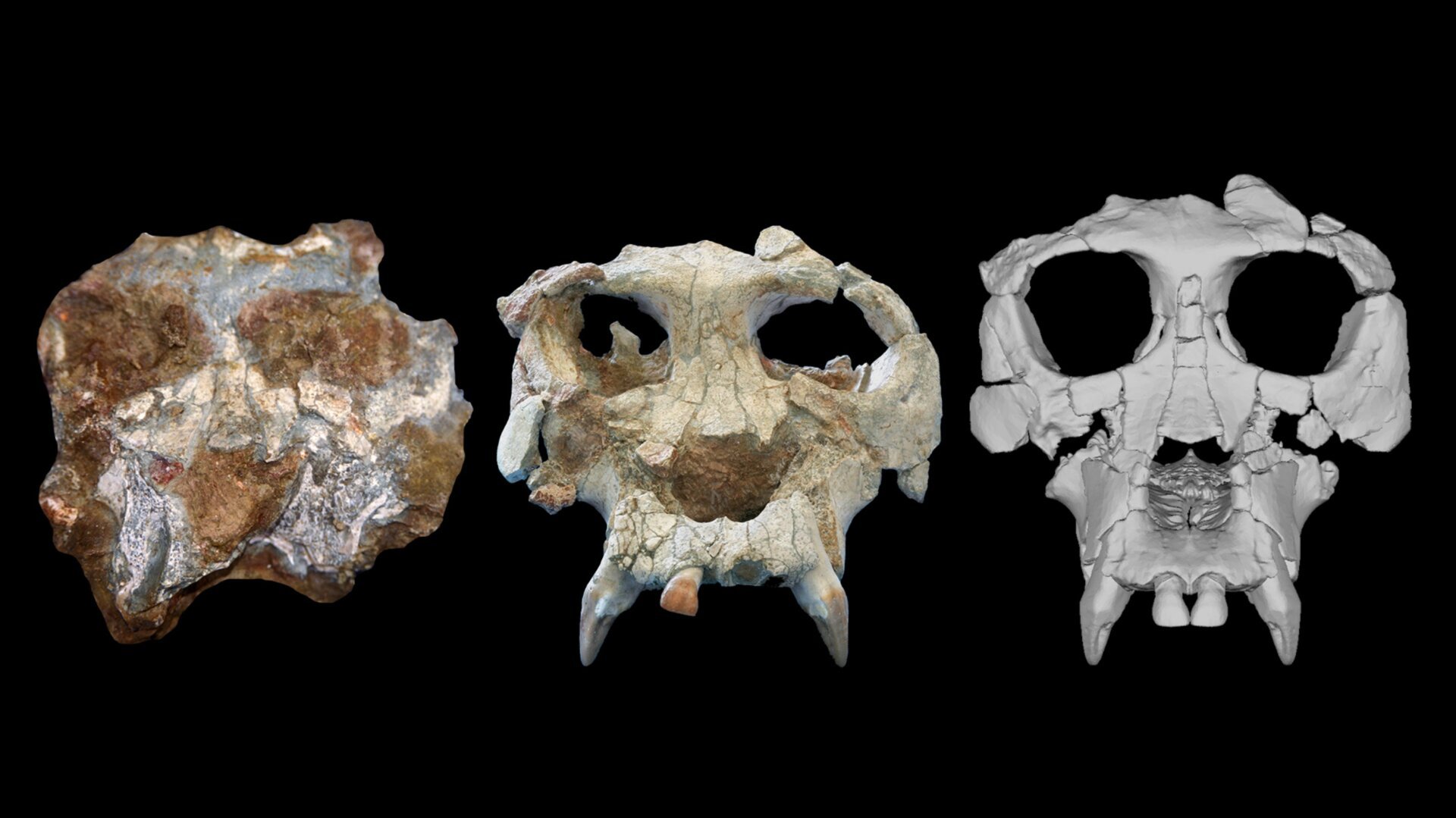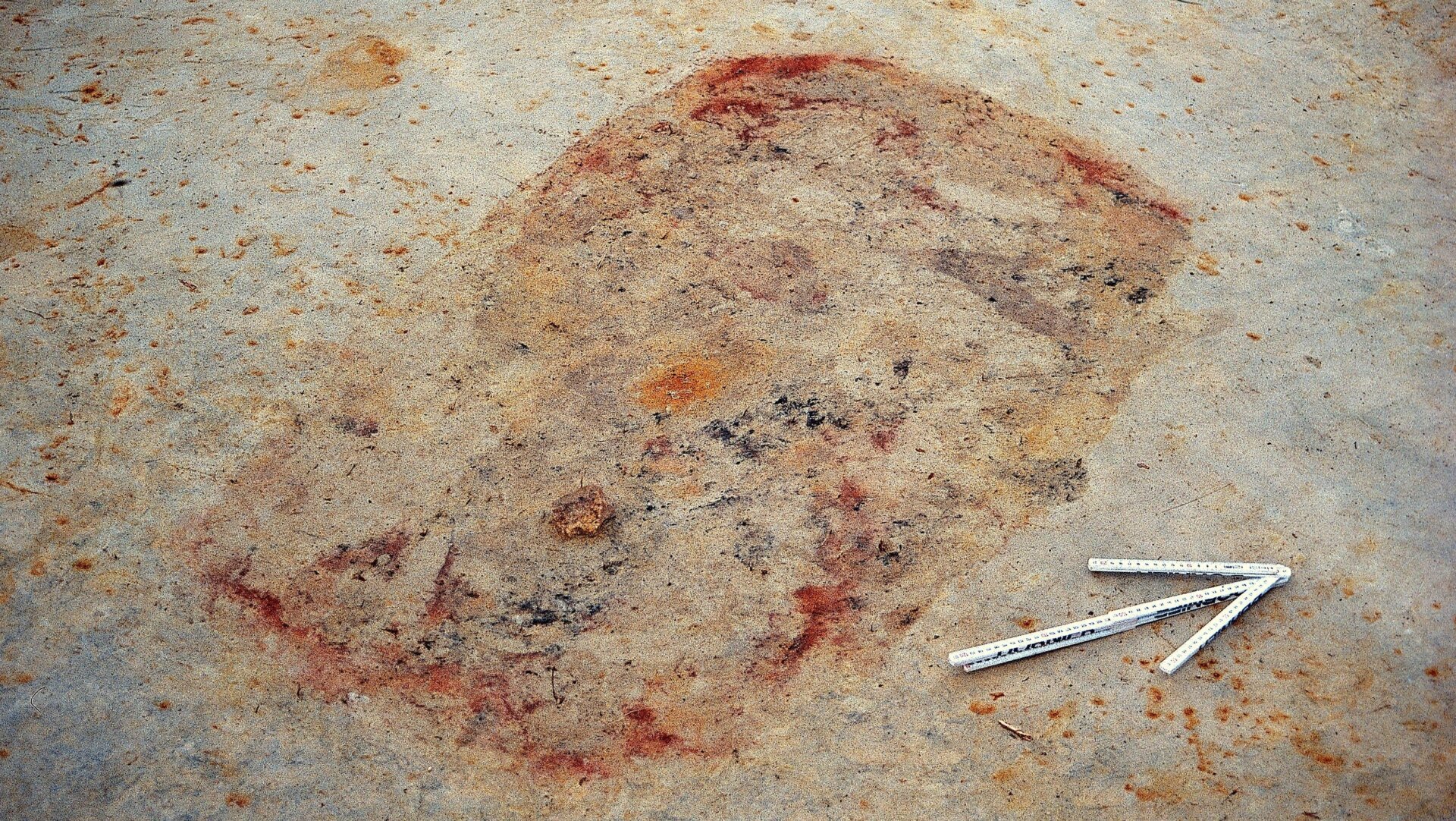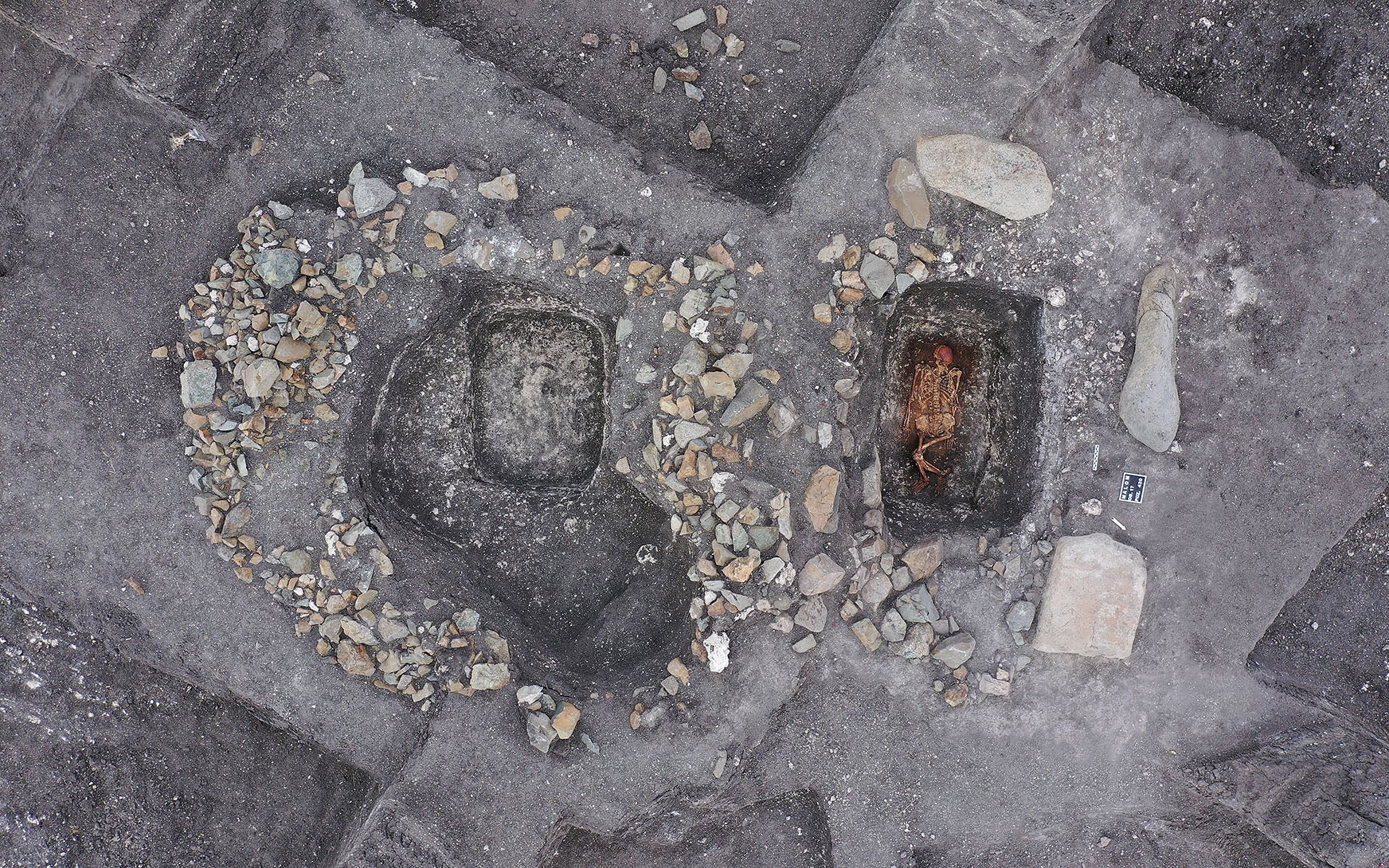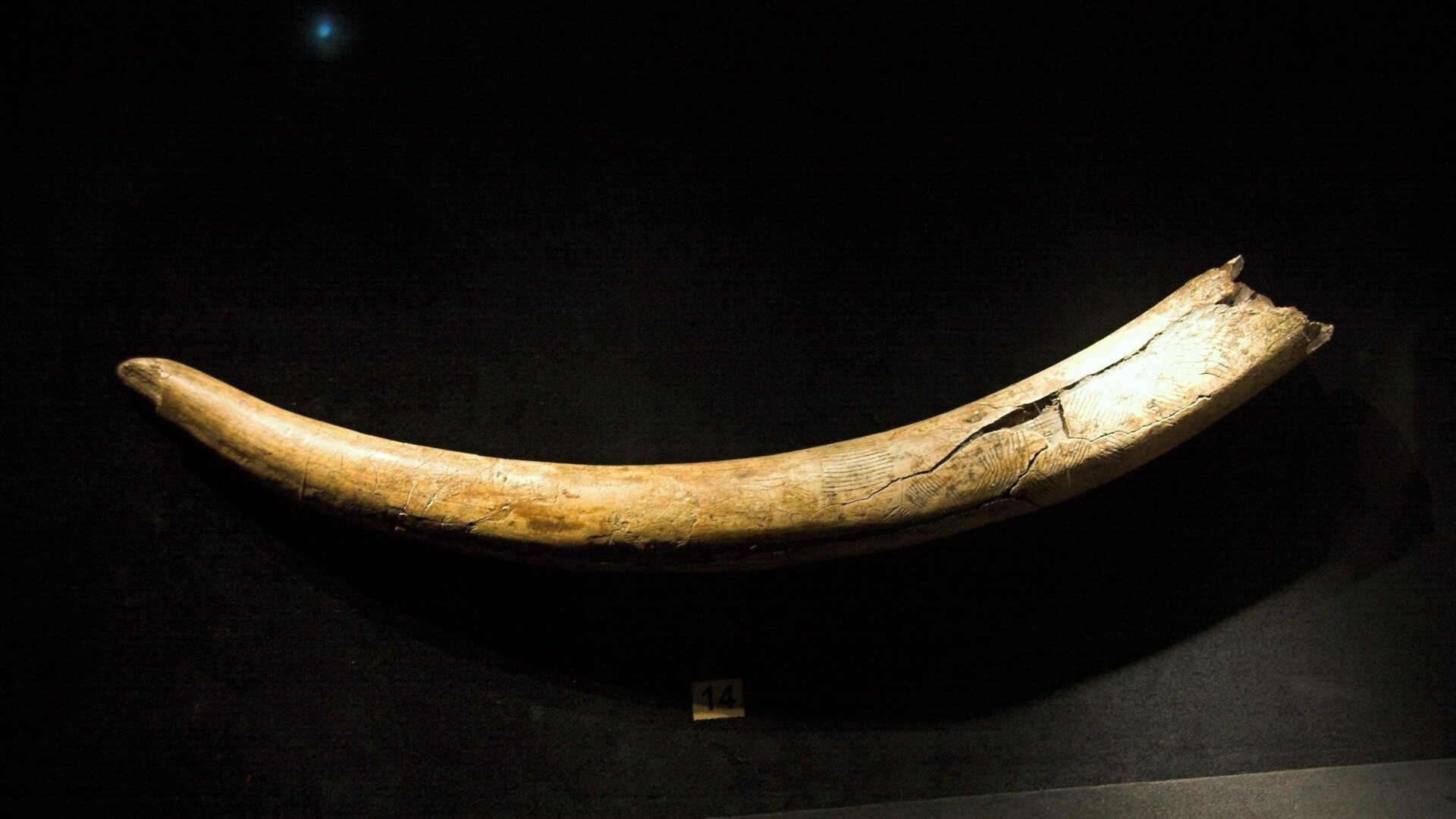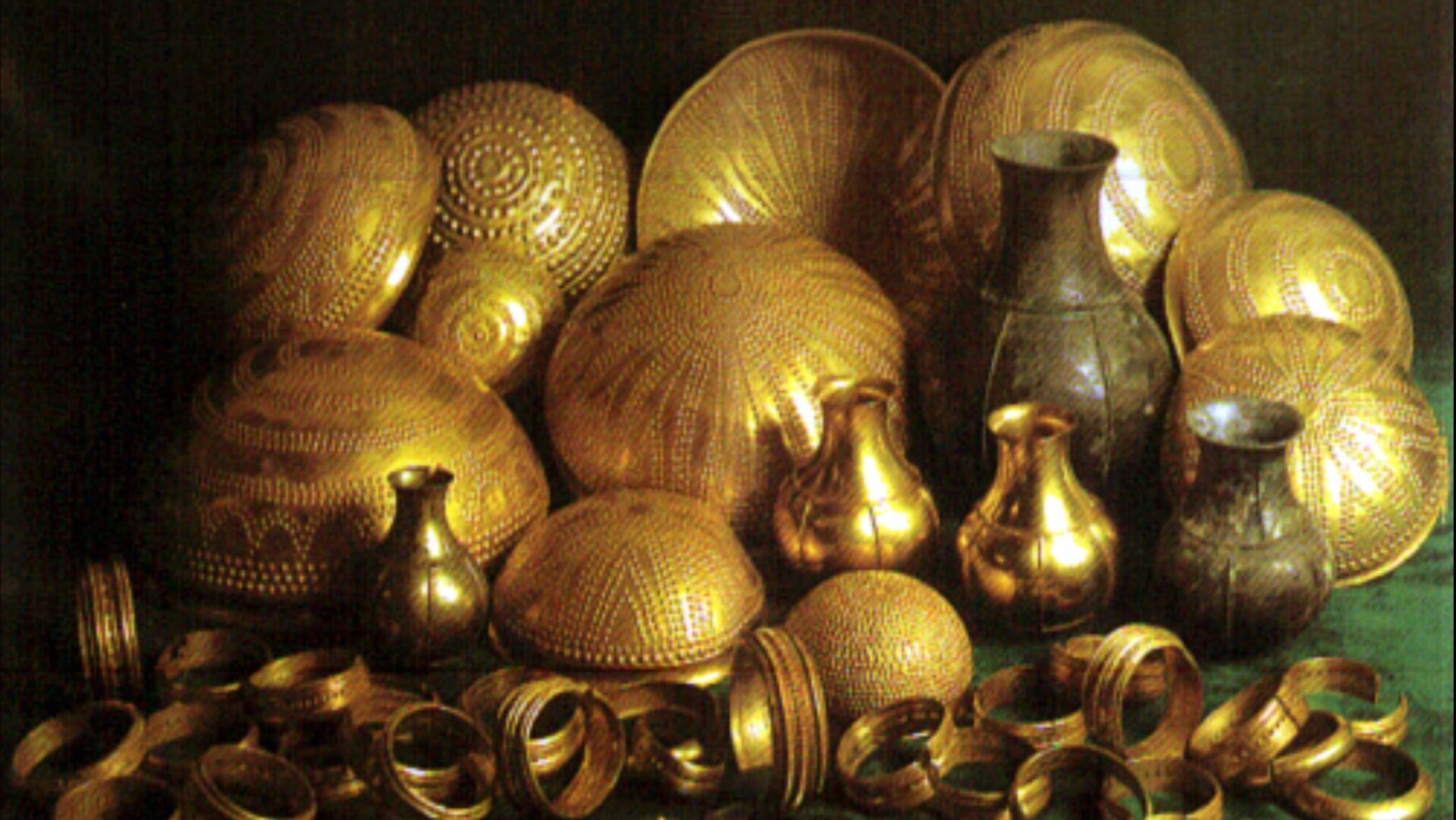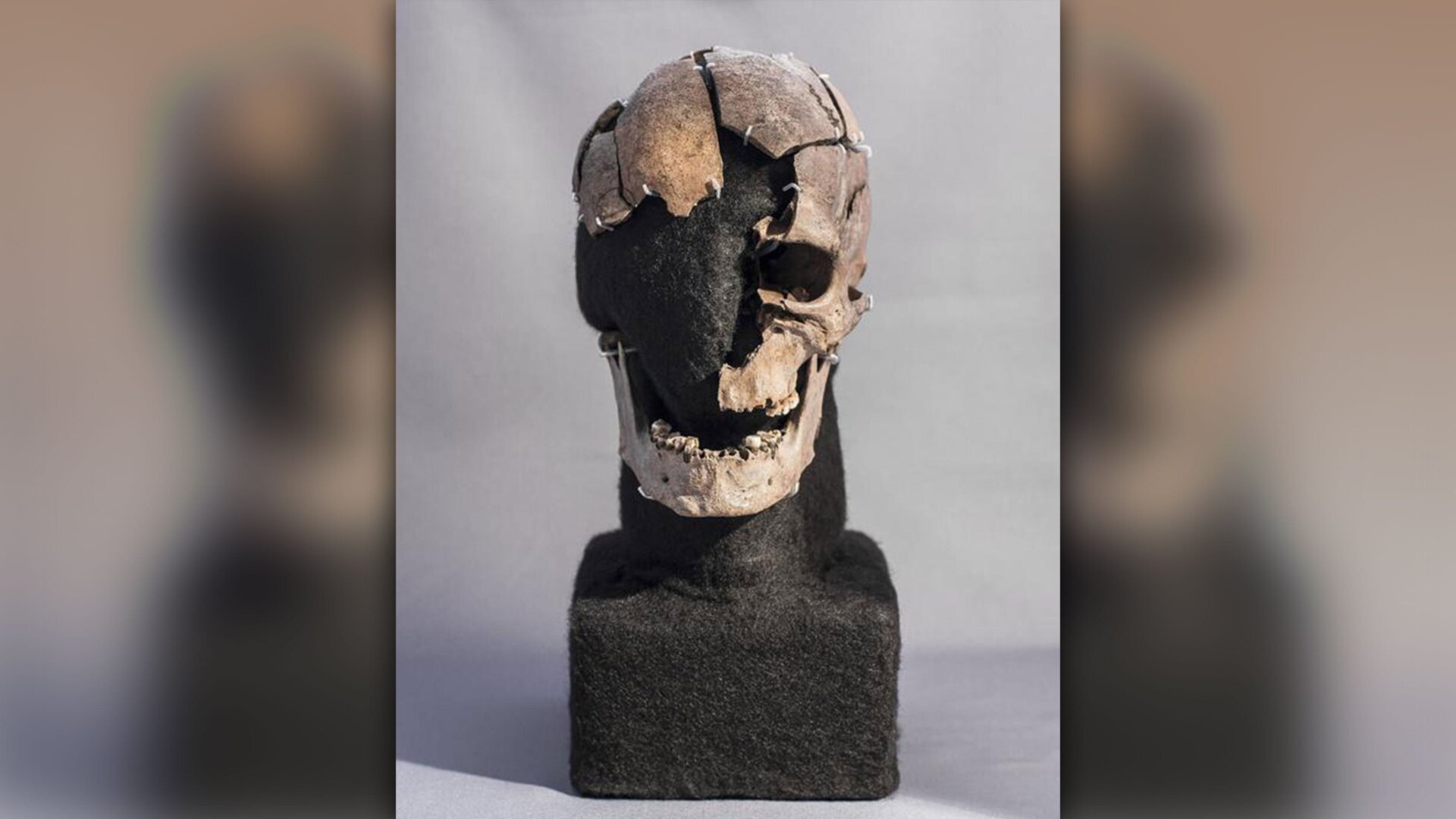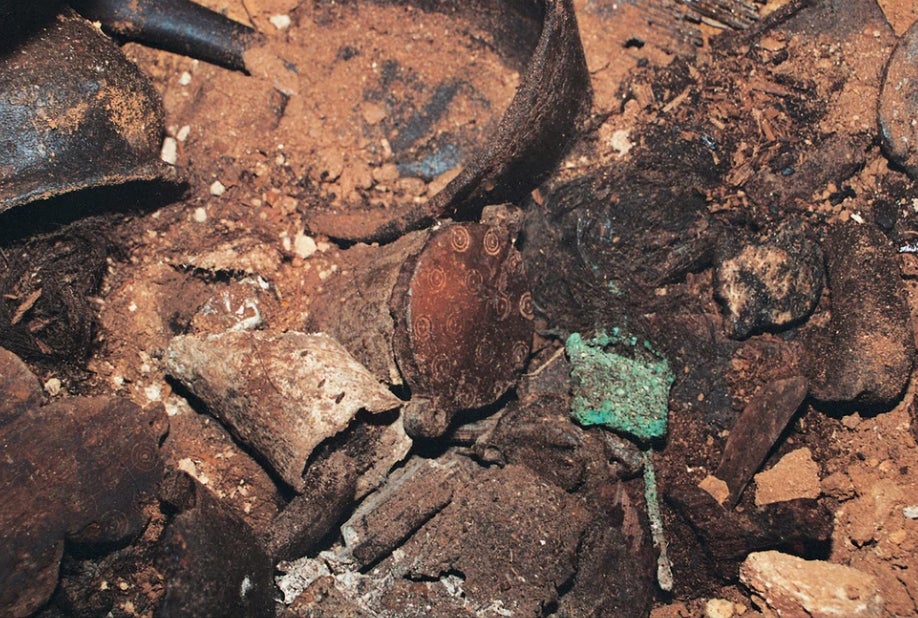Paleoanthropologists have successfully reconstructed the only known cranium of Pierolapithecus catalaunicus, an extinct ape species, providing a glimpse into its facial features and offering valuable insights into hominid evolution. This reconstruction allows scientists to more accurately place Pierolapithecus within the hominid family tree and enhances our understanding of its locomotion and lifestyle in Spain approximately 12 million years ago.
Pierolapithecus was initially described in 2004 following the discovery of a partial skeletal and facial cranium in a landfill near Barcelona, Spain. Dating back over 12 million years, the specimen was found alongside fossils of two other extinct ape genera: Dryopithecus and Anoiapithecus. The original research team, based on Pierolapithecus‘s “primitive monkeylike” characteristics and skeletal structure suggesting an upright posture, hypothesized a close relationship to the last common ancestor of great apes and humans.
In this new study, published in the Proceedings of the National Academy of Sciences, researchers utilized CT scanning to virtually reconstruct the fossilized cranium, enabling a more detailed comparison with other hominids.
“Skull and teeth features are crucial for determining the evolutionary relationships of fossil species,” explained Kelsey Pugh, lead author of the study and an anthropologist at the American Museum of Natural History in New York. “Finding these elements alongside the rest of the skeleton allows us to accurately place the species within the hominid family tree and learn more about its biology, such as how it moved within its environment.”
Unraveling the Posture and Phylogeny of Pierolapithecus
The ability to adopt an upright posture suggests Pierolapithecus, like other hominids, could hang from branches and navigate tree canopies. While this was previously understood, the fragmented nature of the cranium hindered precise taxonomic classification. The virtual reconstruction from CT scans enabled researchers to compare Pierolapithecus with other known hominids, providing a clearer picture of its evolutionary relationships.
“A persistent challenge in studying ape and human evolution is the fragmentary nature of the fossil record,” noted study co-author Ashley Hammond, a biological anthropologist at the American Museum of Natural History. “Many specimens are incomplete and distorted, making it difficult to reach a consensus on the evolutionary relationships of key fossil apes, which are crucial for understanding ape and human evolution.”
Pierolapithecus and the Last Common Ancestor
The team discovered similarities between Pierolapithecus and other extinct and extant great apes in terms of overall skull shape and size. Using evolutionary modeling incorporating the newly measured characteristics of the Pierolapithecus cranium, they inferred some facial features of the last common ancestor of hominids. According to the researchers, this ancestor “was distinct in overall shape from all extant and fossil hominids and similar in many features to Pierolapithecus.”
Continuing the Search for Our Origins
While the identity of our last common ancestor remains elusive, new fossil discoveries and innovative analytical techniques, such as the CT scanning of the Pierolapithecus cranium, are gradually revealing more about this enigmatic ancestor. This research provides a valuable piece of the puzzle in understanding human evolution and the complex relationships within the hominid family tree.



